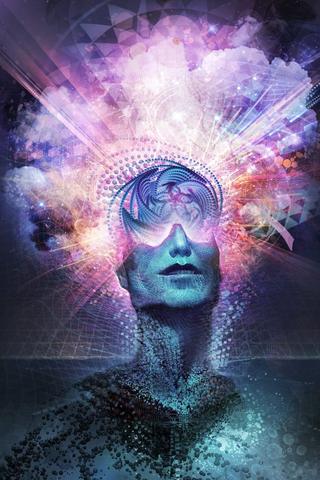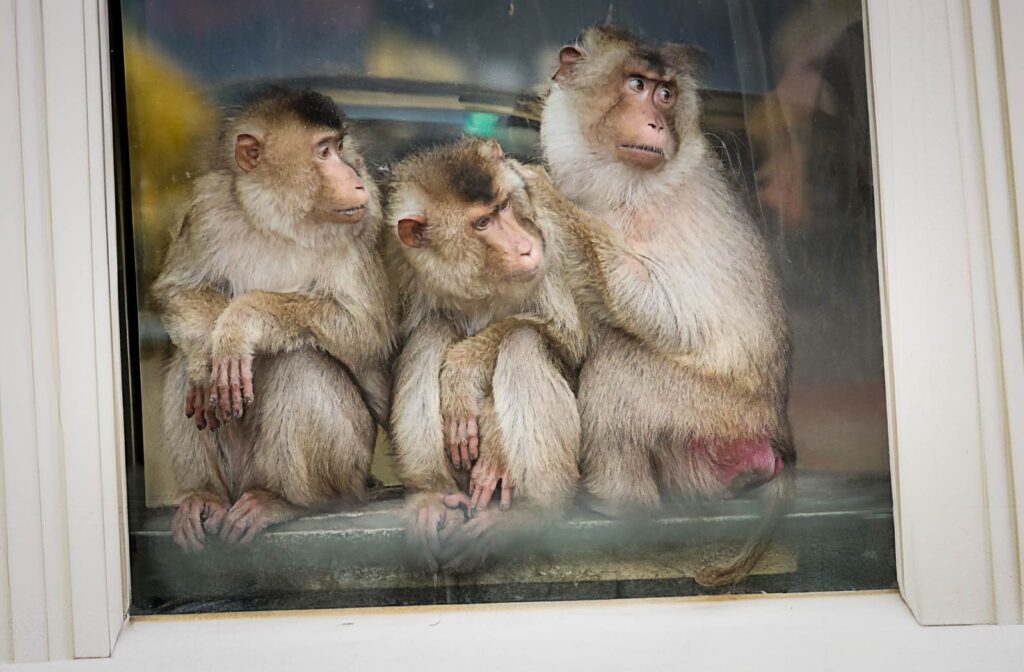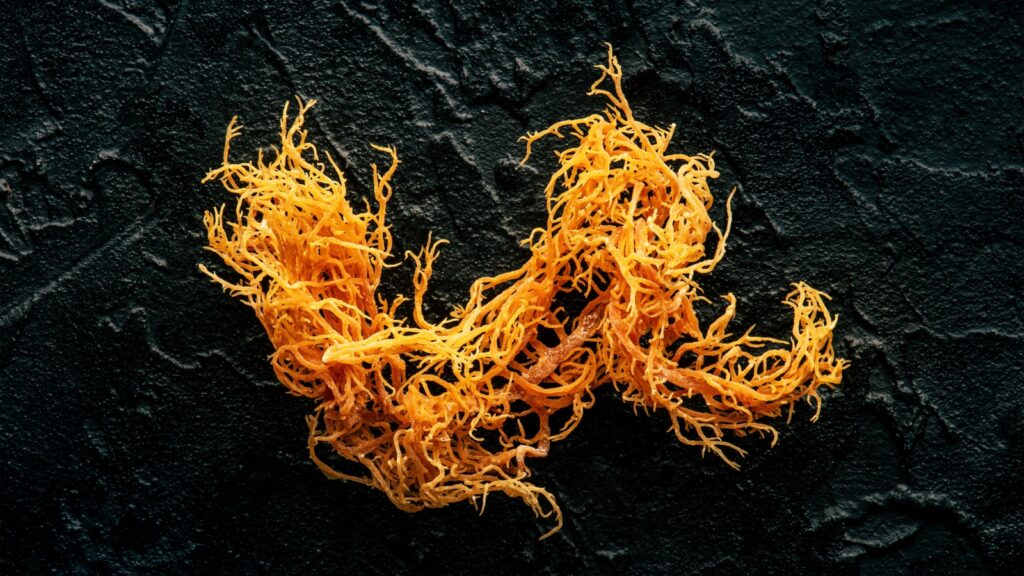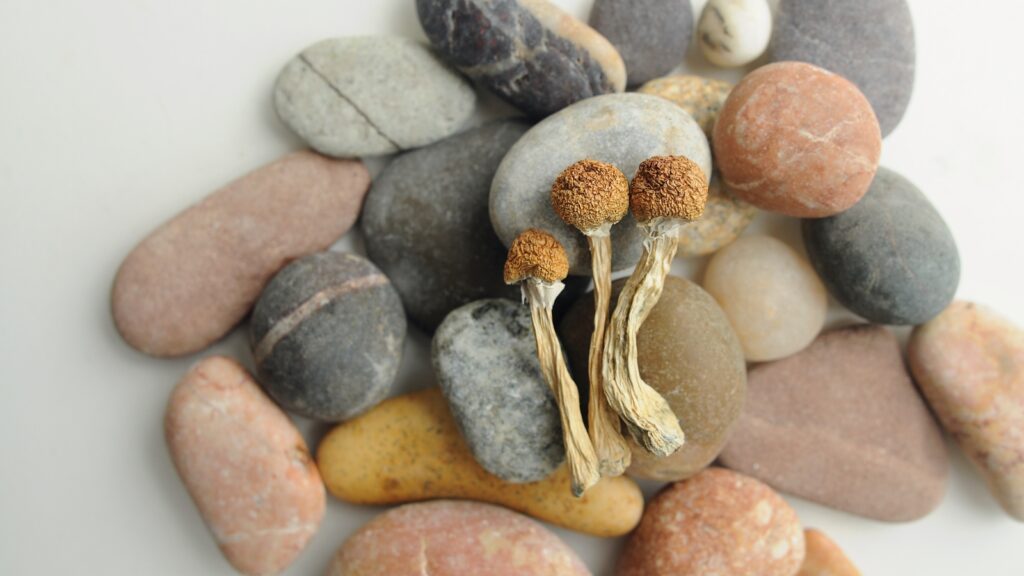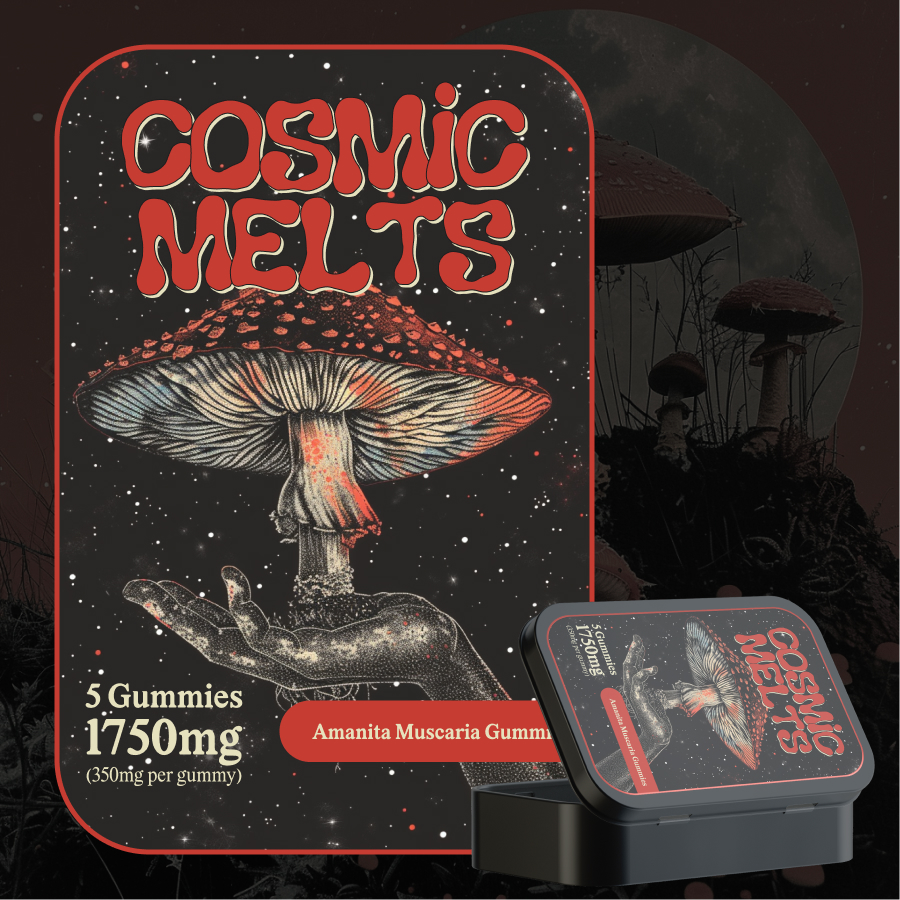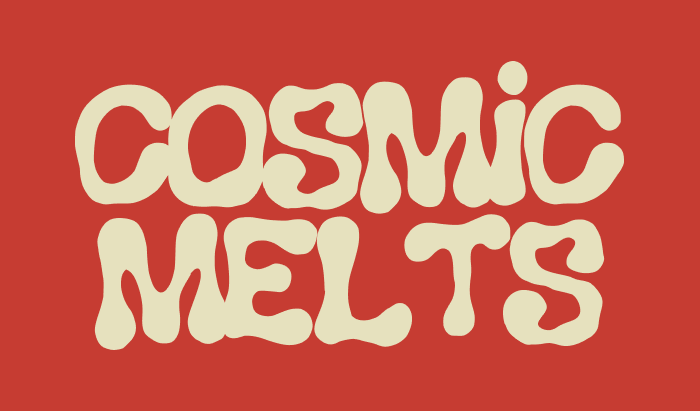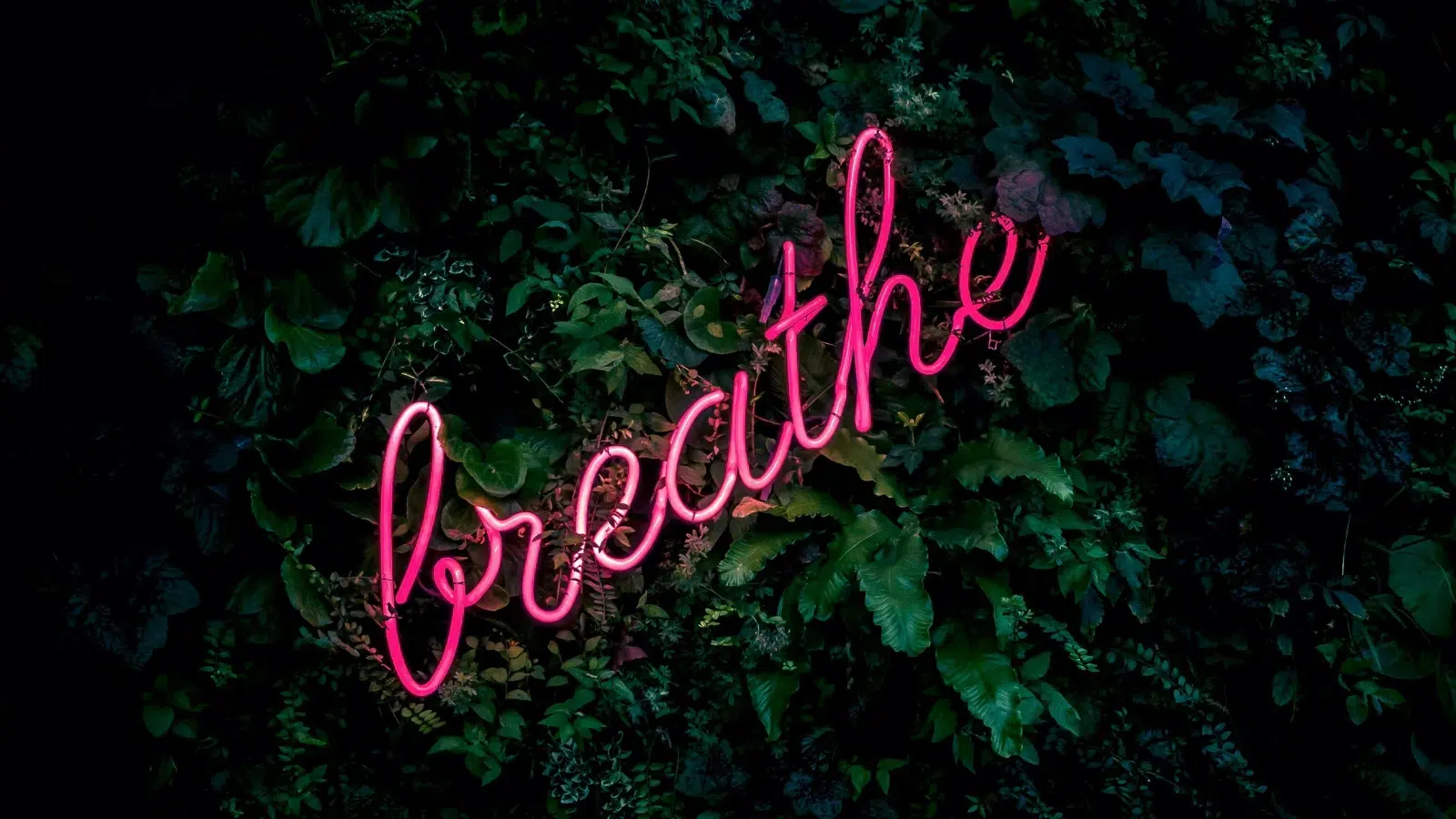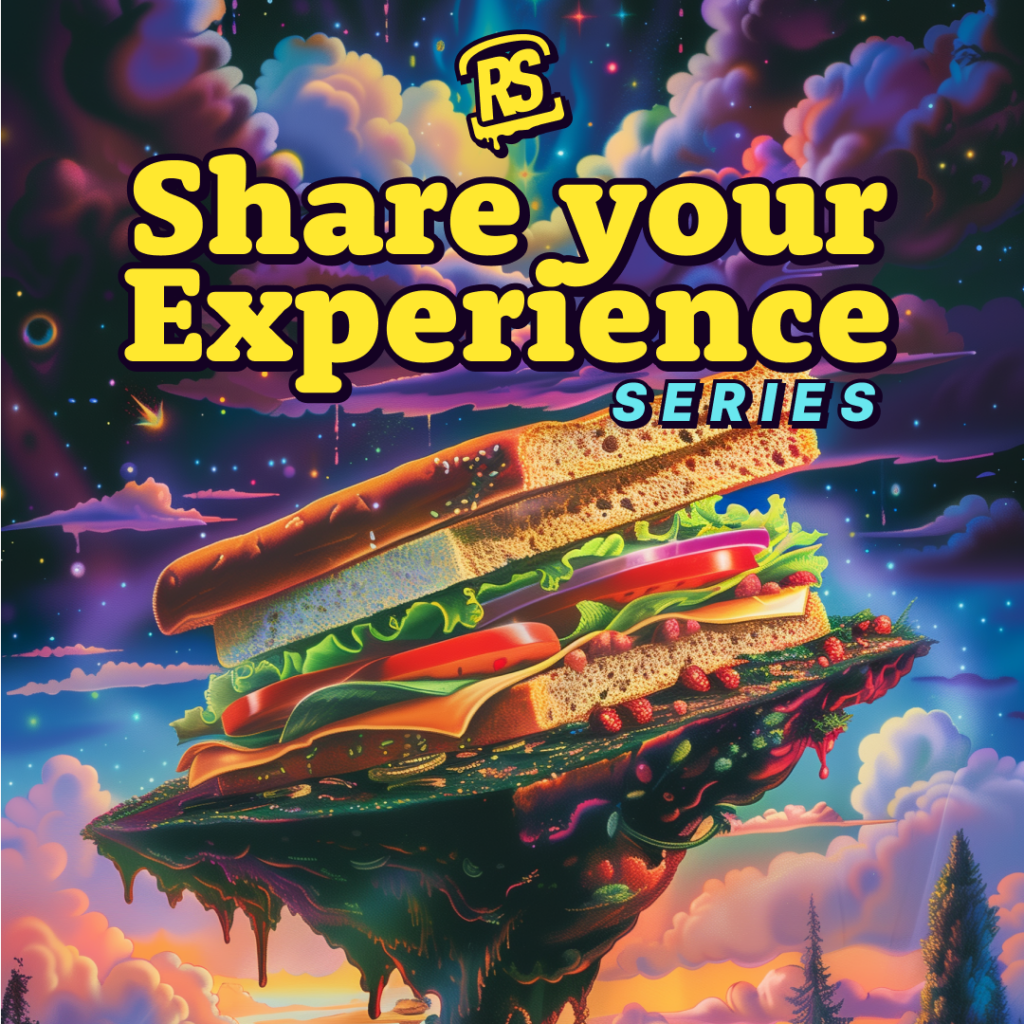Join Ralph Metzner for his live, interactive video course, “Understanding and Navigating Your States of Consciousness,” and discover how to identify and navigate your different states of consciousness for deep healing and greater creativity. This 6-session course starts February 22.
The concept of altered states of consciousness (ASCs) came into prominence in Western psychology in the 1950s and 1960s, primarily due to three paradigm breakthroughs. One was the discovery of rapid eye movements (REM) during dreaming sleep, which was the first time recordable physiological variations could be reliably correlated with a specific subjective state of consciousness. The second breakthrough was the discovery that recordings of electrical activity in the brain (EEG), in the frequency range of 8-12 cycles per second (called “alpha waves”) were reliably correlated with calm, eyes-closed states of relaxation and meditation. The third breakthrough was the discovery of LSD and other psychedelic, “consciousness expanding” drugs, – which meant that profoundly transformed and transformative states of consciousness, hitherto accessible only to a few individuals engaged in meditative or yogic practices, could be induced with fairly high reliability in ordinary people, given the right preparation, safeguards and set and setting.
These discoveries of correlations between variations in neural functions and variations in subjective consciousness stimulated an enormous upsurge of research, which continues to this day, using technologies such EEG, MRI, PET and others. This approach – the study of associations between measures of brain activity and mental states – has become the dominant paradigm in the scientific study of consciousness. It is based on the underlying philosophical assumption of the Western, materialist worldview that consciousness must somehow be located in the brain. This is a view that goes back to the work of the 18th century French mathematician René Descartes, who famously speculated that the soul might be found in the pineal gland. The Eastern philosophies of Yoga and Buddhism come from a completely different approach, basing their conceptions of the mind on systematic observations of inner states during meditation.
The key insight that came out of the Harvard studies with psychedelic drugs in the 1960s, was the significance of set (intention) and setting (context) in understanding psychedelic states of consciousness. Unlike drugs that affect the functioning of one or another bodily organ, such as the heart or kidneys, psychedelics expand the range, focus and clarity of perception itself – the way we see reality and ourselves. Their effect goes far beyond even the mood-elevating or anxiety-calming effects of stimulant or sedative drugs.
Timothy Leary used to say psychedelic drugs were potentially to psychology what the microscope was to biology – affording the conscious perception of ranges and levels of reality that were previously inaccessible. But just as what we perceive through a microscope is a function of what we have put on the slide (such as the leaf of a plant, or a drop of blood), so the content of a psychedelic experience (the thoughts, images, feelings, sensations) is a function of the pre-existing set or intention, and the chosen context or setting. The drug merely functions as a kind of catalyst or trigger that shifts mental functioning into a different mode.
In the graduate courses on altered states of consciousness that I taught for many years, I found it useful to expand this basic paradigm of set, setting and catalyst to any and all states of consciousness, from the most common to the most exotic. Well-known catalysts or triggers of ASCs (besides drugs) are hypnotic inductions, meditative practices, shamanic drumming, music, nature, sex and others, as well as the normal cyclical variations of brain chemistry that catalyze us into the sleeping or waking states. It’s also useful to apply the ASC paradigm to understand psychopathological states that are contractive, fixated or dissociative, and have negative and toxic consequences for individuals, families and communities – including drug or behavioral addictions, fear (panic attacks), rage (fits of temper), psychotic breaks or episodes, depression, mania and others. We shall discuss such states in a later chapter.
One issue that produces uneasiness in most people when considering or discussing the concept of an “altered state,” is the seeming implication that “altered” is itself abnormal. How then could we talk about ASCs being therapeutic, creative, or spiritual growth enhancing? In my courses, I’ve attempted to overcome this cognitive prejudice by pointing to the fact that all human beings are very familiar with the normal, profoundly altered variations in state we call sleeping, waking and dreaming. Sigmund Freud had said that dreams are the “royal road to the unconscious,” meaning they provide the broadest and widest access. But one could equally well say that dreams are the commoners’ road, for everyone can and does travel on that nightly passage into the realms beyond. In India the “royal path of yoga” (raja yoga) referred to the intentional use of psychological practices to liberate consciousness from its ordinary conditioning – and this path does require a certain disciplined study and application.
Some writers have attempted to overcome the negative presuppositions associated with the concept of “altered states”, by proposing terms such as “alternate state”, or “non-ordinary state”, or (as in a handbook of the American Psychological Association) “anomalous experiences”. But this linguistic strategy disguises the point that some alterations of state are extremely ordinary, usual and familiar. Should “dreaming” be considered a “non-ordinary state”? How about being “drunk” or “depressed” – aren’t those rather ordinary, all-too familiar states? Furthermore, some indigenous people and shamanic practitioners object that what Westerners called “non-ordinary” states, are to them very familiar and ordinary. There is a whole spectrum of states of consciousness, from the familiar and common to the anomalous and exotic extreme. Whether the state is normal or abnormal is, in any case, a culturally and historically relative judgment imposed on experience, and thus, an academic question of no particular significance.
I finally came to understand my own lingering discomfort with the concept of “altered state,” besides the fact that it confuses the distinction between ordinary and non-ordinary states: it has to do with the passive construction “altered”, which suggests that something was done to you by an external agency. A drug-induced state seemingly supports this view. But we have to remember that normally the individual chooses to ingest the drug, whether alcohol or LSD or marijuana, for a certain purpose, and with the intention to alter their own consciousness. Similarly, a person may choose to undergo a hypnotic induction procedure to enter into a trance state in the context of psychotherapy. To deliberately alter another person’s consciousness without their knowledge or consent, for example by surreptitious use of a drug or alcohol, is universally considered morally reprehensible and illegal.
The state transitions of everyday life can also be conceived, and experienced, in active or passive terms. We may “go to sleep” with the conscious intention toward rest and restoration of energies; we may “fall asleep” involuntarily due to fatigue; or we may be “put to sleep,” metaphorically and literally, by a boring speaker in a lecture hall. Likewise for the opposite transition: we may “be awakened” by the alarm clock; just “wake up” spontaneously; or struggle, literally and metaphorically, against the downward pull of somnolence, to become more fully conscious and alert.
In Buddhism and other spiritual teachings, such as those of G.I. Gurdjieff, what we consider our normal waking state is seen as a kind of sleep state, in which we are unconscious of our essential nature. According to such teachings, the purpose of yogic and meditative practices is to help us awaken from the somnolent, dream-like conditions of ordinary, non-conscious existence – and awaken to our highest spiritual and creative potentials.
In order to use expansive, positive states of consciousness constructively for increasing health, creativity and growth, we need to be able to recognize the state we’re in at any given time, and how to navigate through it. In shamanic and alchemical divination practices, “sonic driving” methods such as drumming or rattling are used to facilitate accessing knowledge for healing, problem solving and guidance. Yogis and meditators practice mindfulness and concentration methods in order to experience the subtler dimensions of consciousness.
With contractive and unhealthy states, such as fear and rage, we need to identify the state we’re in, and recognize how that is affecting us (our thinking, our perception, our behavior), as well as others with whom we may be relating. We need to learn how to navigate our way through the negative states and into healthier, life-affirming states. By becoming more conscious of the state we’re in at any given moment, we can deploy attention in different ways, enhance the range of choices we can make, and more fully take responsibility for the impact of those choices on others and in our world.
The Set and Setting Model
A state of consciousness may be defined as the subjective space or field within which the different contents of consciousness, such as thoughts, feelings, images, perceptions, sensations, intuitions, memories and so forth, function in patterned interrelationships. Furthermore, a state of consciousness always implies a definite division of the stream of time, between two transition points. For example, we are in the sleep state between the time of falling asleep and the time of waking up. We are in the functional waking state, also called “ordinary state,” between the moments of waking up and of falling asleep. States of drug or alcohol intoxication extend from the time of ingestion to the time of “sobering up” or “coming down.” A meditative state or a hypnotic trance state begins and ends with transitions we refer to as “going in” or “coming back,” as if crossing some kind of threshold.
Although we can (sometimes) anchor the subjective state transitions to external objective (clock) time, it is important to recognize that each state has its own subjective time-line or time-stream. For example, in dreams both time and space are quite different than in the waking state. In a dream we may meet with a beloved person who lives thousands of miles away – and it takes no “real time” to travel to this meeting. Distance in the dream state is not geographical but emotional, a function of affinity and interest. Indeed, in dreams and other deep states we may find ourselves meeting and conversing with someone who is dead – having transcended altogether the space-time boundaries of ordinary reality. At the transitions between states, there is a discontinuity and we switch into a different time-stream and a different mind-space.
The notion of an altered state has acquired a certain connotation of abnormality, perhaps due to its association with drug states, even though we are all familiar with the profoundly different states of dreaming and sleeping. For this reason, I have come to think that it is important for us to learn to recognize and identify the times and situations when we are functioning in a markedly different than usual mode, i.e. in a different state.
If we can identify the transition or trigger points when the mode of consciousness changes, we can learn to utilize the positive states according to our conscious intention. For example, a musician or other artist might find that a period of meditation facilitates accessing the flow state that heightens creative expression. Perhaps even more important for our wellbeing, we must learn to navigate out of negative, destructive states. For example, learning to recognize the verbal triggers for an altered state of rage is an important aspect of anger management in interpersonal relations. The transitions between different states are intersection points of different time-lines, where we can consciously choose to move along another time-line into a more expansive space, pregnant with new possibilities. If we don’t choose consciously, then we will be shunted into another state according to the prevailing winds of karma, or habitual reactions.
Some altered states are generally considered positive, healthy and expansive, associated with deeper understanding and spiritual value: we may think of mystical oneness, ecstasy, transcendence, vision, hypnotherapeutic trance, creative inspiration, erotic union, shamanic journey, cosmic consciousness, samadhi, nirvana, satori. Other altered states are considered negative, unhealthy, contractive, associated with delusion, psychopathology, destruction and conflict: we can recognize the altered states of depression, anxiety, trauma, psychosis, madness, hysteria, rage, mania, addictions (alcohol, narcotics, stimulants) and behavioral compulsions/obsessions associated with sexuality, violence, gambling, spending money.
In emergency medicine, questions about our orientation in time and place (What day is this? What place is this?) are used to diagnose the state of consciousness of someone possibly in shock or trauma. The most profoundly altered states are those in which the sense of identity or self-image are abolished or transcended: these include the states of ego-death or depersonalization that may occur in psychosis, as well as states of nirvana or oneness that may occur in mysticism.
The key to understanding the content of a psychedelic experience, as formulated by Timothy Leary, Frank Barron and colleagues (including myself) in the early days of the Harvard Psilocybin Research Project, was the “set-and-setting” hypothesis. This hypothesis, which has been widely accepted within the field. states that the content of a psychedelic experience is not so much a function of pharmacology, i.e. a “drug effect”, but rather a function of the set, which is all the internal factors of expectation, intention, mood, temperament, attitude; and setting, which is the external environment, both physical and social, and including the attitudes and intentions of whoever provides, initiates or accompanies the experience. The drug is regarded as a trigger, or catalyst, propelling the individual into a different state of consciousness or mind-space, in which the vividness and contextual qualities of sense perceptions are greatly magnified.
This hypothesis helped the Harvard researchers to understand how the same drugs could be seen and used as inducing a model psychosis (psychotomimetic), as an adjunct to psychoanalysis (psycholytic), a treatment for addiction or stimulus to creativity (psychedelic), a facilitator of shamanic healing journeys (entheogenic); or even, as used by the US Army and CIA, as a truth-serum type of tool for obtaining secrets from enemy spies. Of the two factors of set and setting, set or intention is clearly primary, since the set ordinarily determines what kind of setting one will choose for the experience.
According to the heuristic model I am proposing, we can extend the set and setting hypothesis to all alterations of consciousness, no matter by what trigger they are induced, and even those states that recur cyclically and regularly, such as sleeping and waking. In those cyclic alterations of consciousness, we recognize that internal biochemical events normally trigger the transition to sleeping or waking consciousness, but external factors may also provide a catalyst. For example, lying in bed, in darkness, triggers changes in melatonin levels in the pineal gland, which in turn promote the transition to sleep. Other biochemical changes in the brain, brighter light and the sounds of an alarm, can be the trigger for awakening, again meditated by cyclical biochemical changes. In addition, external factors such as sedative or stimulant drugs, loud noises or stress, can also trigger those variations in the sleep-wakefulness cycle.
Clearly, the content of our dreams can be analyzed as a function of set, our internal preoccupations during the day, as well as the environment in which we find ourselves. Practitioners of “dream incubation” make deliberate use of that principle, consciously formulating certain questions related to their inner process or problems, as they enter the world of night-time dreaming. In the temples of Asclepius in ancient Greece, those who suffered physical or psychic illnesses were guided to incubate diagnostic and healing dreams.
In the framework of this set-and-setting model, after our mode of conscious functioning returns to the baseline state (which some also call consensual reality state), comes the time for evaluation and interpretation. Keeping in mind the two transition points, into and out of the altered state, makes it easier to separate the experience itself from our thoughts and judgments about it. It is the core of mindfulness (vipassana) meditation practice, where you just observe and note your thoughts, feelings and sensations, but do not analyze, track or evaluate them.
Evaluative judgments are usually the first and immediate reaction after any altered state. We may say, for example, that was a bad trip or bad dream, or, this was a wonderful or inspiring experience. Researchers in neuroscience have discovered that evaluative feeling judgments on our experience originate in the mammalian limbic system (especially the amygdala) and may be an evolutionary residue of an instinctual survival reaction to perceived threat. Evaluative judgments do not convey much information about an experience however. How much do you really learn about a film, for example, when your friend merely tells you that she liked it, or that it was terrible?
To work with dreams or other inner experiences in psychotherapy or personal growth, we need to go beyond first judgments and associative interpretations, and ask ourselves what does this experience mean to me or what do I learn from it? A crucial aspect of what follows an altered state experience is the application and integration, or lack thereof, into one’s ongoing life. Does a mystic vision of oneness with the divine lead to a morally better, happier and more saintly lifestyle? Do the insights from a healing vision or dream lead to a problem resolution? Does the depressed state I’m experiencing mean I have a depressive personality trait, or is it a temporary reaction to a stressful situation? This is the kind of reflective examination of our experiences can then become an ongoing psychospiritual practice.
Image: Android Jones, “Dream Catcher”
